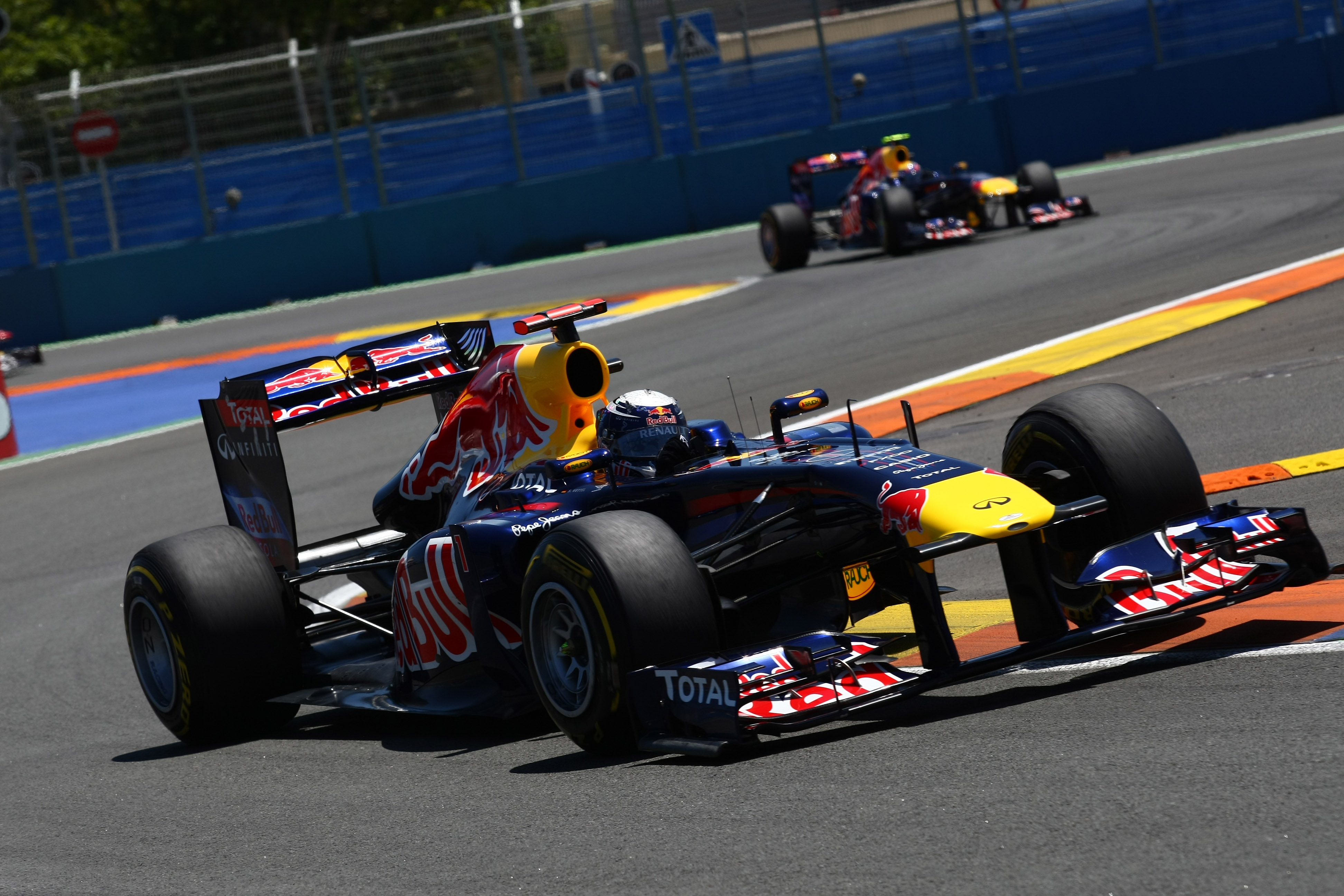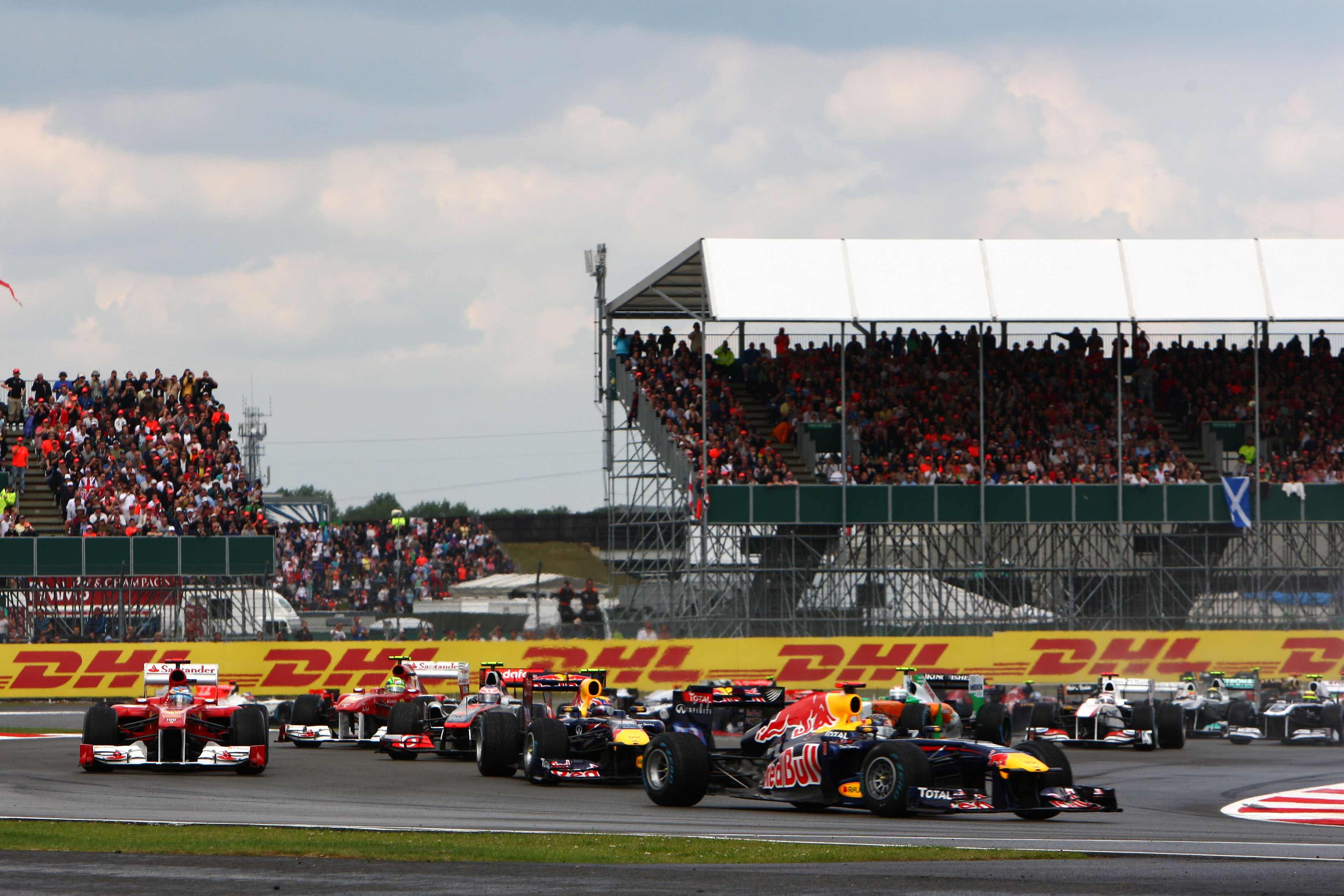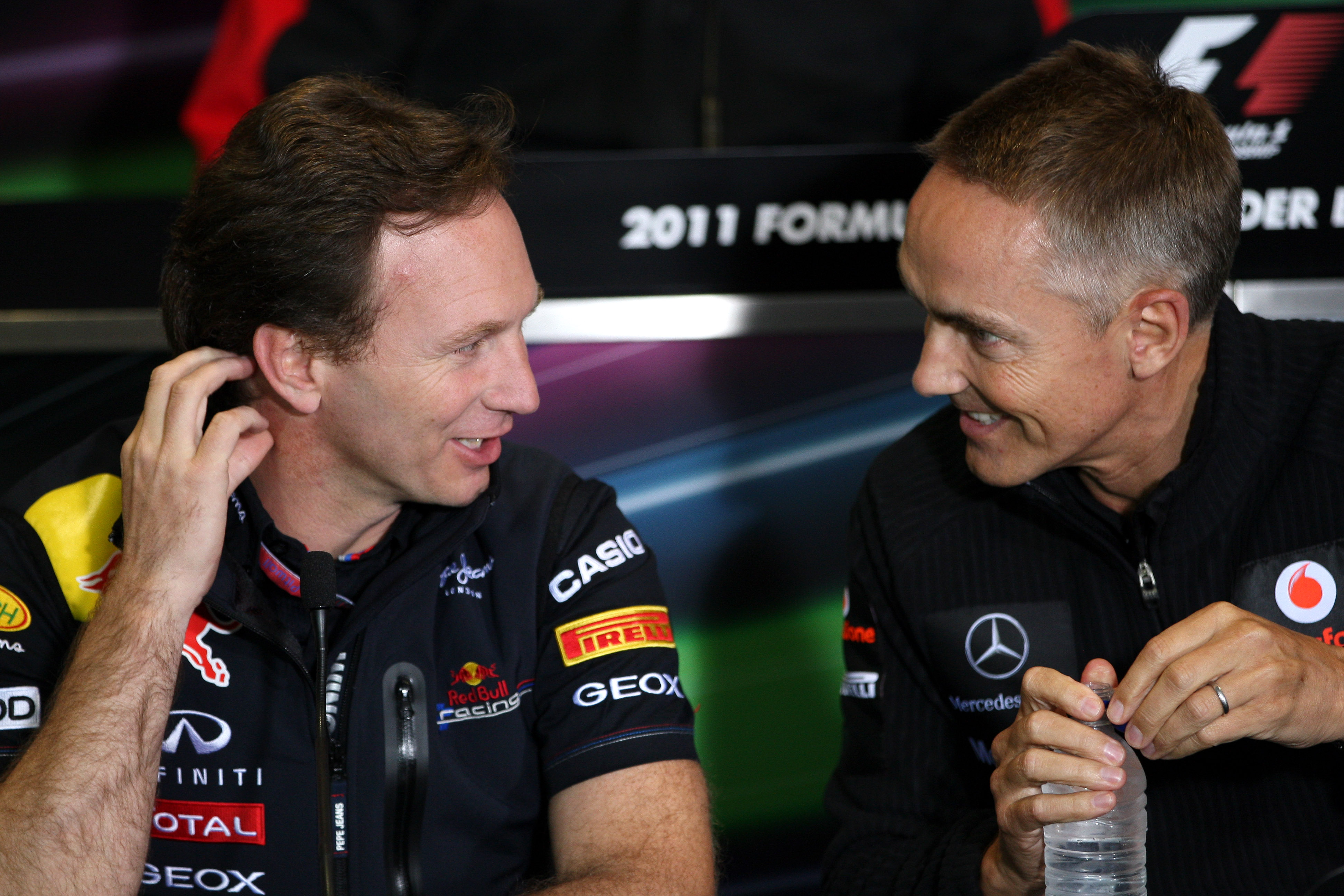Up Next

At Monza this weekend, an engine mode rule change will come into play that Mercedes driver Lewis Hamilton has suggested is motivated by the desire to curb his team’s advantage. The impact it has remains to be seen, with Mercedes confident it won’t make any difference to its form but rivals hoping the opposite.
But nothing is new in Formula 1 and we’ve been through something like this before. In the middle of the 2011 season, an engine mode rule change also came into play as part of what the all-conquering Red Bull team believed was an attack on its advantage motivated by lobbying from Ferrari.
Then, as now, at the heart of the move was a rule stipulating that the engine mode used in qualifying must also be used in the first part of the race – effectively meaning all of the race given it could only be changed at a pitstop by plugging in a laptop. This was in the 2.4-litre V8 era, with the engines maps not switched by the drivers.
This rule was introduced for the 2011 European Grand Prix at Valencia. Having set pole position for the previous seven races and won five of them, Sebastian Vettel and Red Bull proceeded to win from pole position.
But this was really only a preface to the real focus of the package of changes – cutting back on the use of exhaust gases generated while off the throttle to create downforce.
The engine mode limitation was part of this, preventing the more extreme qualifying modes that were used to maximise qualifying pace but then not used in the same way in the race for reliability reasons – a very similar rationale to this year’s change. But the difference is that in 2011 it was about outlawing off-throttle blowing.
Two types of off-throttle exhaust blowing were targeted – ‘hot’ and ‘cold’ blowing. Both had the effect of directing an energised exhaust flow at the diffuser while not hard on the power, but achieved them in different ways.

For the easier-to-achieve cold blowing, the throttles in the engine stayed open to allow air to be pumped through but the fuel and spark was cut save for the downchanges. For hot blowing, the ignition was retarded with fuel-fired directly into the exhaust, where it ignited and energised the exhaust gasflow.
Renault, in alliance with lead team Red Bull, were masters of off-throttle blowing. While the team denied it was using hot blowing at the time, it had been working on it and was extremely effective at cold blowing.
The blown diffuser concept idea had been suggested originally by Newey, recreating an idea that he had used by Williams-Renault almost a decade earlier. In fact, Renault dug out the original work it had done in that era when it came to starting work on development at Newey’s request.
So far, so simple. But the devil is always in the detail and this apparently straightforward measure to limit off-throttle blowing quickly proved to be far more complicated and set the stage for a farcical British Grand Prix weekend.
The first rule change introduced via a technical directive was issued on the Monday ahead of the Valencia race, but due to come into force for Silverstone. This stated:
When the driver torque demand is less than or equal to Nm, the maximum throttle target must be shaped as follows:
a) 20% at 18,000rpm decreasing linearly to 10% at 12,000rpm
b) 10% below 12,000rpm
c) Partial fuel cut-off mode will be permitted with four cylinders only
d) Engine torque mapping should not generate any throttle opening over that required to deliver the demanded torque
e) Ignition angle mapping should not generate any ignition retard over that required to deliver the required torque

That was followed by a separate technical directive later that day outlawing the changing of engine maps saying “from the time at which each car first leaves the pits during qualifying until the start of the race, no changes to the set-up of any electronic control unit may take place”.
As is often the case, further technical directives followed. The first allowed certain specific changes to the ECU without changing the engine map, with another technical directive after the European Grand Prix that softened the initial directive with the percentages mentioned to be “considered as a guide rather than absolute figures”.
But this process was soon plunged into controversy. McLaren had already been given permission to fire half of its cylinders when off-throttle to alleviate crank-case pressure, but it emerged on Friday at Silverstone that Renault had been granted dispensation to run with up to 50% throttle open for reliability reasons as Renault had used this for cooling since 2009. Cosworth then attempted to run with the same 50% throttle opening on its engines at Williams, arguing it should benefit from the same dispensation.
The farce gathered momentum, with Red Bull team principal Christian Horner and his opposite number at McLaren, Martin Whitmarsh, arguing about it in a memorable Friday press conference at Silverstone. Renault then lost its 50% dispensation on the eve of free practice in order to prevent all the manufacturers following suit with the way they were running the engines.
The Silverstone weekend ran with the rules as originally laid out after a series of meetings where it was agreed to revert to pre-British Grand Prix rules for the rest of the season, although the Mercedes engine retained its dispensation for that weekend for reliability reasons. With the exhaust positioning changing for the following season anyway, that was expected to finish off exhaust-blown aero for good (which it didn’t).

Red Bull again took pole position at Silverstone courtesy of Mark Webber, but the race was won by Ferrari’s Fernando Alonso, in a car that also featured an aerodynamic upgrade and worked the hard-compound Pirellis superbly.
“It was a total surprise,” said Alonso after his victory.
“We were 1.5 seconds a lap behind Red Bull four races ago, and now we are fighting them. Especially because this is at Silverstone, one of the circuits that we feared because it suits Red Bull. It comes from the upgrade. I don’t think that the modifications in the rules changed much. Hopefully, we can prove this at the next race.”
What followed suggested that the aerodynamic rule changes were not key to Ferrari’s only win of the year, although given there was just a single race to draw conclusions from it was difficult to be certain. But Ferrari was significantly closer to Red Bull’s qualifying pace compared to other high-downforce circuits (as Silverstone was at the time), with the McLaren and Renault teams actually the biggest losers – both slipping further back.
From the German Grand Prix onward, all F1 was left with for the rest of the season was the rule mandating the use of the same engine mode from the start of the race as was used in qualifying. It didn’t seem to hold up Red Bull a great deal, which went on to take a comfortable championship double.
A warning that sometimes, the best package is the best package regardless of how you tweak the rules.







